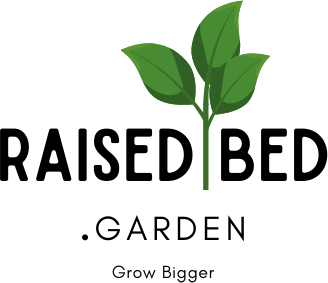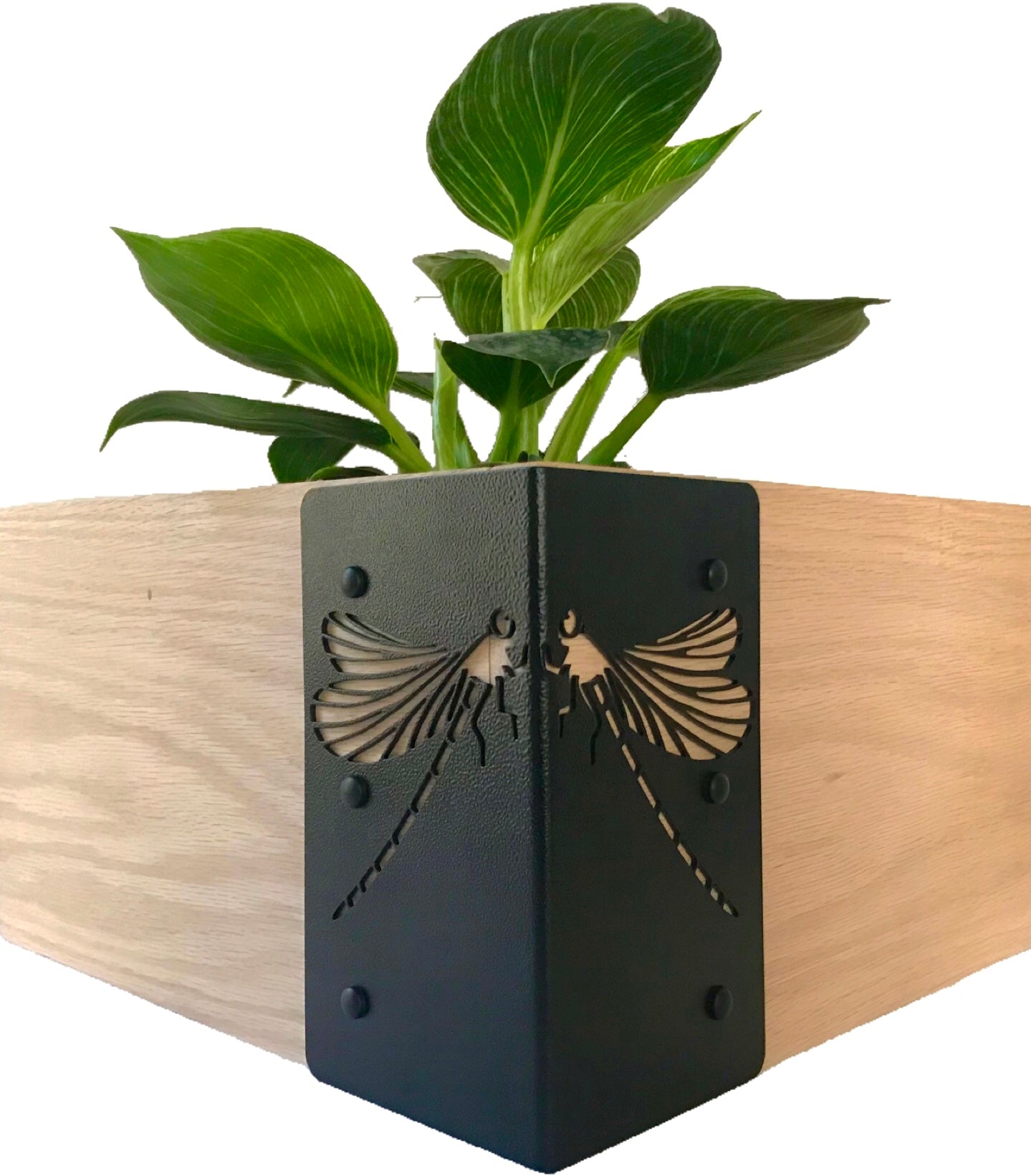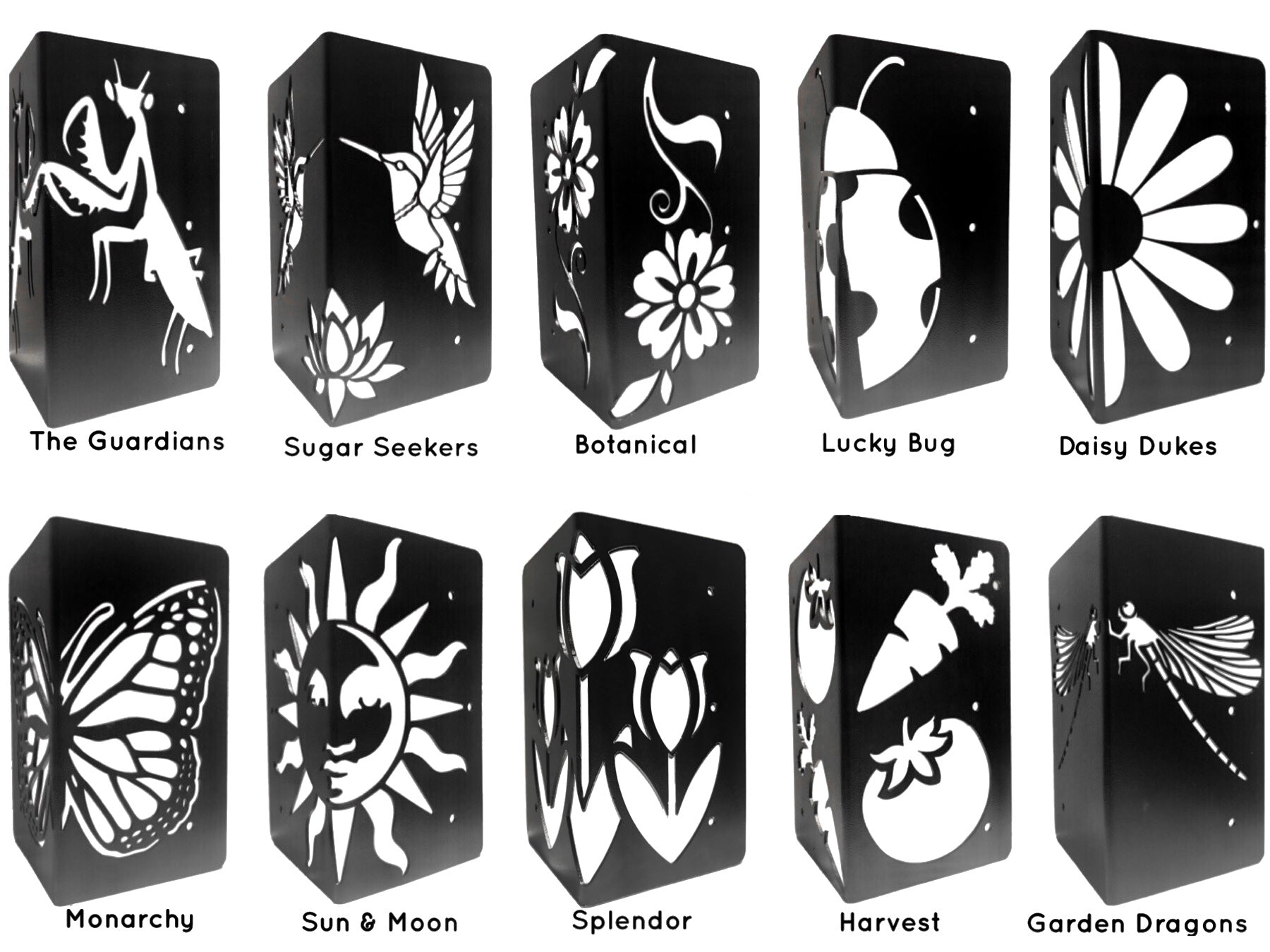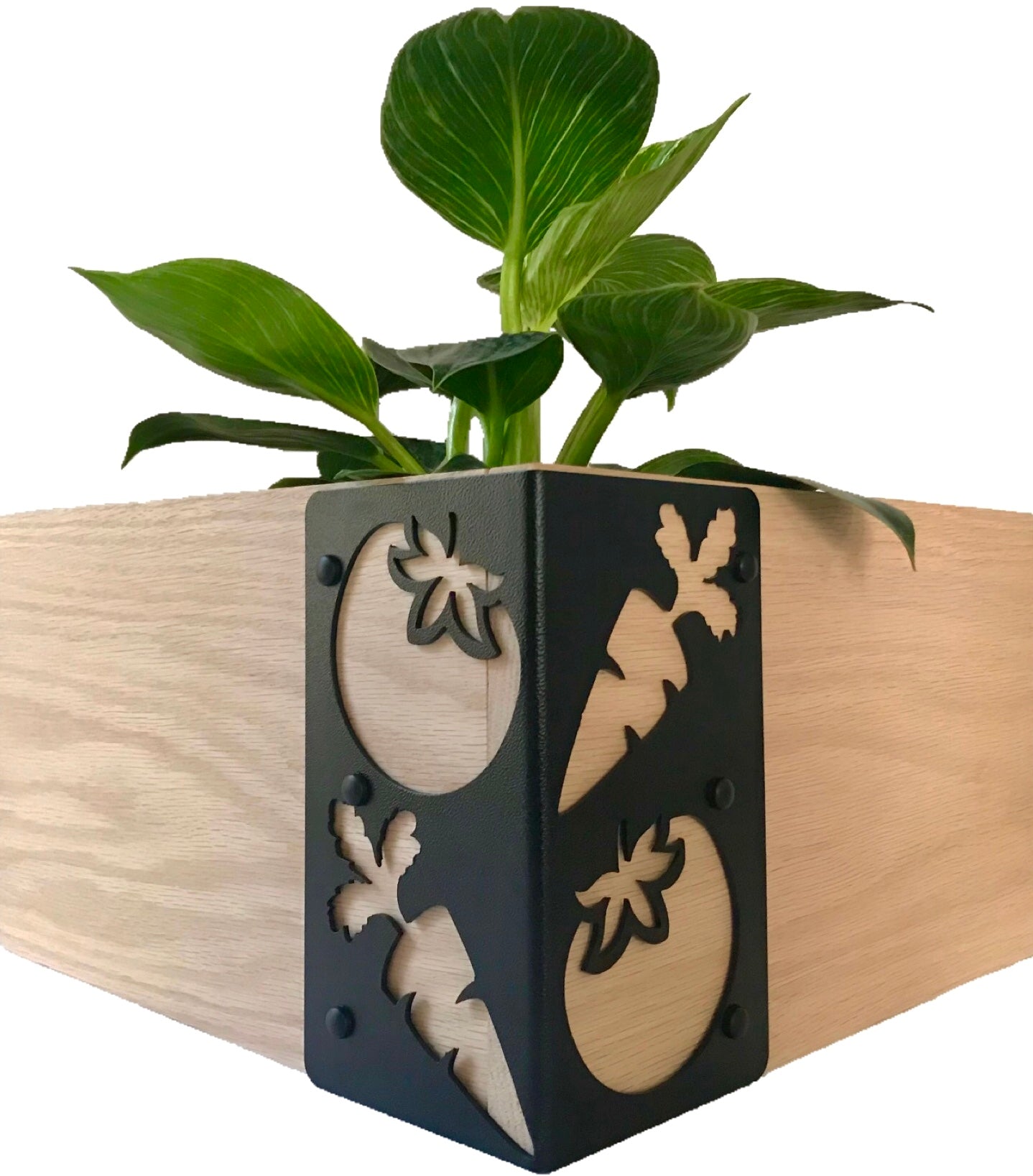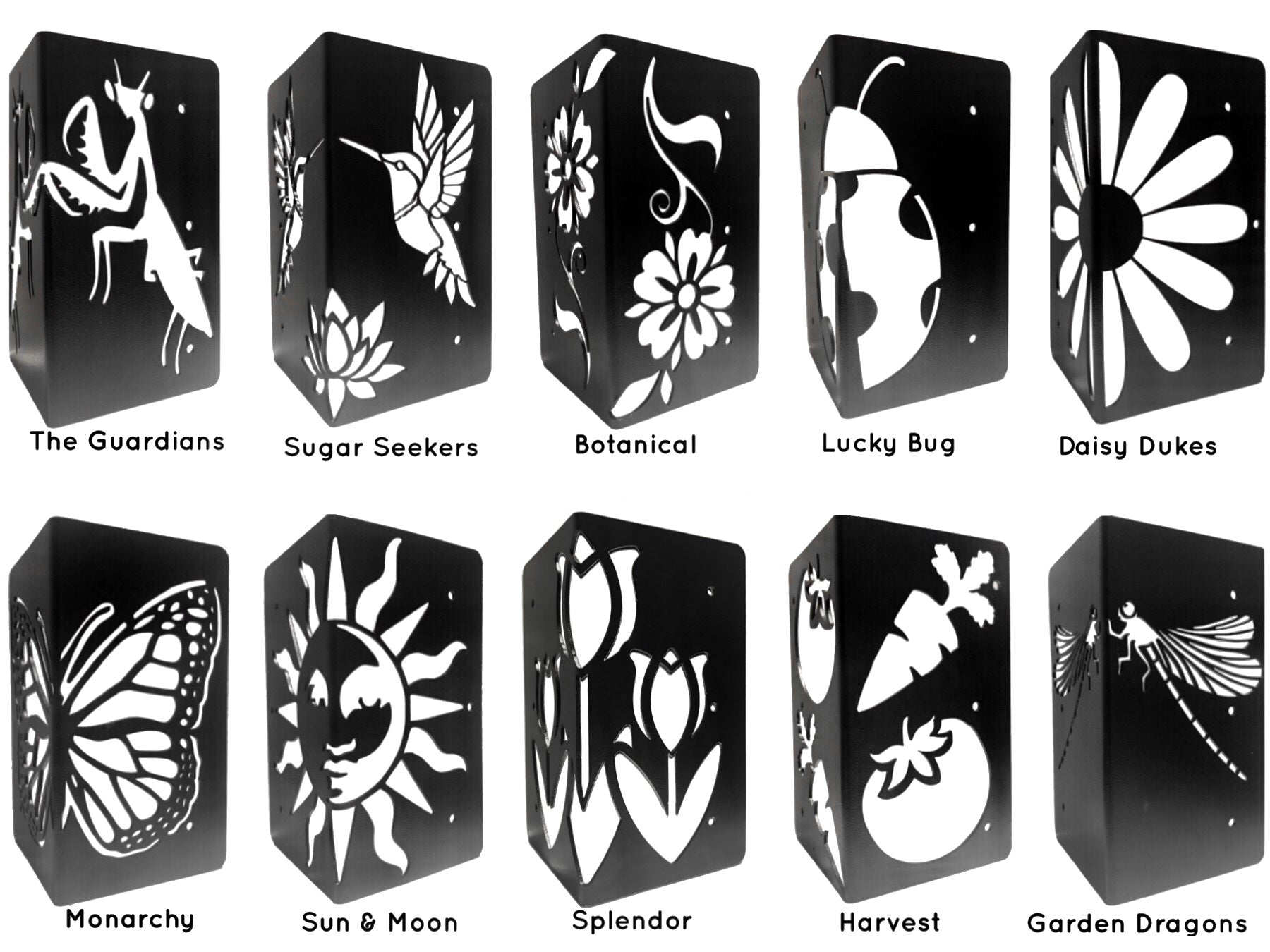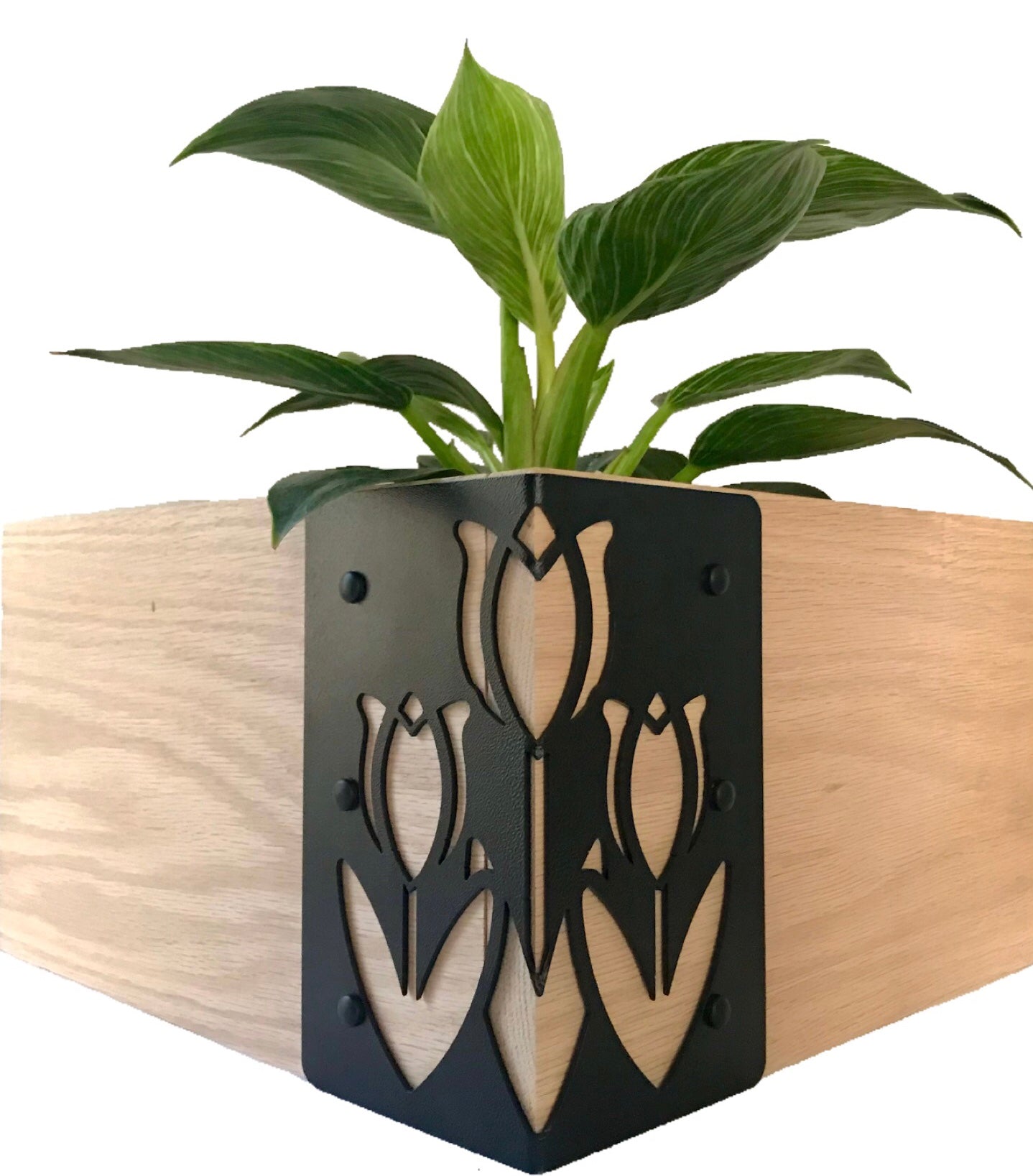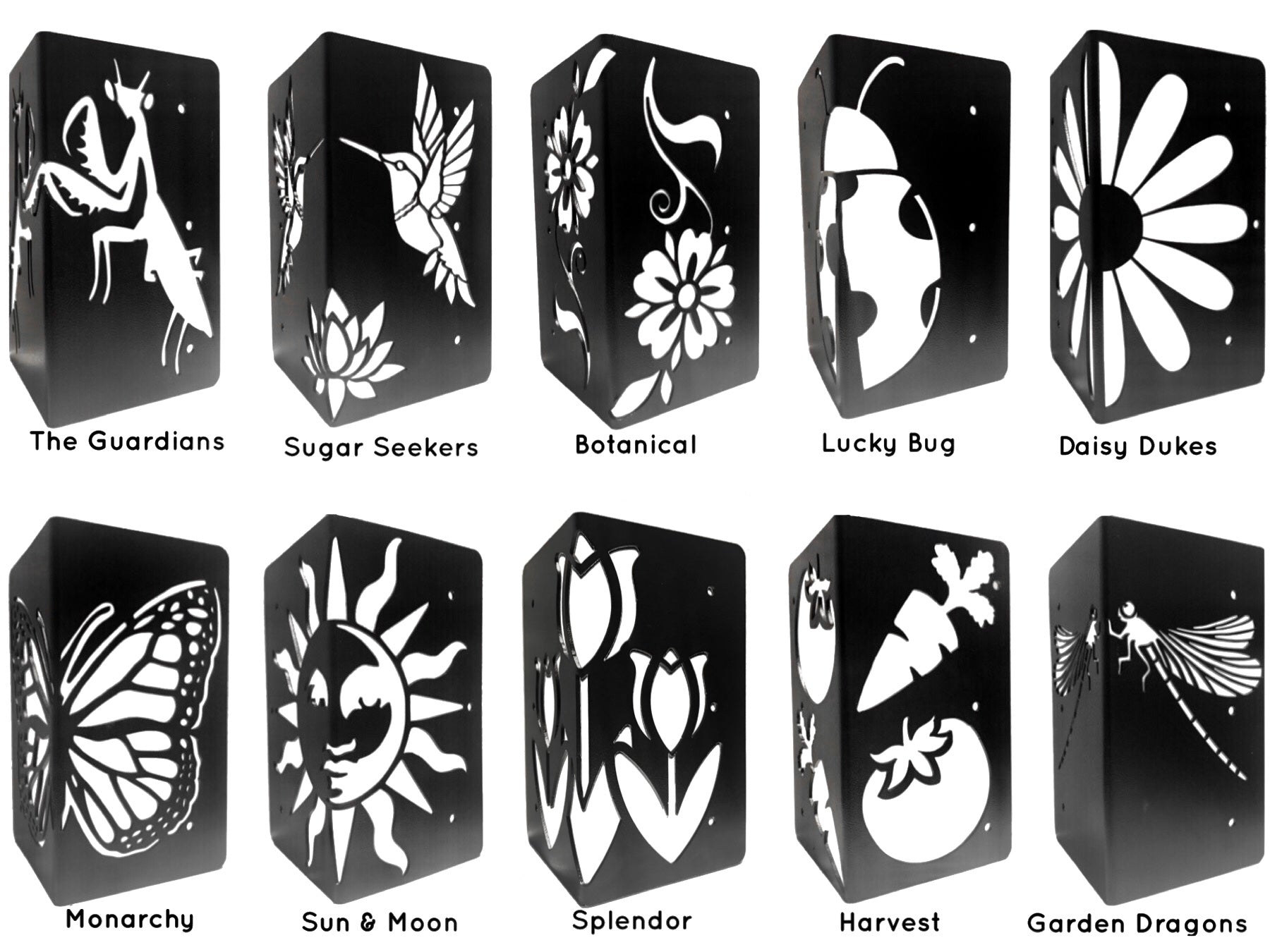
What should you put in the bottom of a raised garden bed?

If you're planning to construct some raised beds in your garden, you'd be fairly confused about what to put in the bottom; as an entire structure of a raised garden bed relies on good drainage. Using good well-draining soil is great, but all the extra moisture needs to go somewhere, and for that, different materials are layered in the bottom of a raised bed.
We can use numerous materials as a barrier for our raised garden bed, and all have their advantages and drawbacks. In this article, we will discuss various materials that gardeners put at the bottom of a raised bed along with their pros and cons so you can find the best suit for your raised bed.
Materials to use as a bottom layer in your raised garden beds
Cardboard/ Newspaper / Builders’ paper:
Cardboard can be a good cheap materials that you can be used as a bottom layer in your bed. It can be installed easily, helps block weed plants, and also breaks down over time. Depending on the thickness, a cardboard layer can last up to three years.
The layer of cardboard should be about 1.5cm to 3cm (0.6-1.2in.). Another plus of using a cardboard layer is that it doesn't hinder drainage. And on the other hand, it allows the pests to dig into your raised bed to do their job of composting.
Using newspapers as the bottom layer also provides similar advantages, but we have to use them in larger quantities. You can also add a builder's paper as a bottom layer in your raised bed. Just like cardboard, it does a great job in keeping the weeds down and decomposes easily.
Stones or Gravels:
Adding stones or gravel to the bottom layer of a raised bed is most helpful if you have drainage problems. The bed's air pockets will help drain water quickly and prevent it from collecting at the bottom. There are not too many benefits of using stones or gravels, except some cost-cutting, as you'll not need much soil to fill the whole bed.
Wood:
The idea of using wood is similar to cardboards, as introducing something in the bottom to prevent weeds from growing. Composting of wood is a slow process that takes long enough time. By combining smaller and larger wood pieces, your raised garden bed will get a nutrient supply for a long time. The raised beds with wood as the bottom layer are known as Hügelkultur. These beds are usually higher than the regular ones, take more time in construction, and are long-lasting.
Landscape Fabric:
Landscape fabric is by far the best material among all to use as a ground layer. Layer it in the bottom to protect all kinds of surfaces below your raised garden bed; it allows water to drain out easily and also stops the soil surface from washing away. The best thing about using landscape fabric as the bottom layer is that it is durable and extremely resistant to decomposition. It will take almost 10 years before it needs to be replaced. This makes it a great choice in the long run.
It becomes an efficient barrier that protects your raised bed from weeds and pests, thus helps grow healthy and strong plants.
Besides using landscape fabric as a bottom layer, you can also spread it on the surface of the bed. Keep the surface fabric in place by using some high-quality landscape fabric pegs; they will hold the fabric with strength without damaging it. Just make sure to create holes for the plants in the fabric surface; it's a great way to prevent weeds from growing up. The porous nature of landscape fabric will let the water pass through it with ease, thus ensuring proper drainage.
Burlap:
If you don't want to use garden fabric, then you can opt for burlap; it's a great alternative. It's not as long-lasting as a garden fabric but will still take many years to decompose.
The gaps in the burlap threads are significant enough, which makes the process of water passing easier. As a result, you will have much better drainage in your raised garden bed with burlap.
Another benefit of using burlap is that it is an eco-friendly solution. It is made of jute plants' fiber, which takes little energy to grow, produces an excellent amount of oxygen, and absorbs a lot of CO2.
With all the benefits, the only drawback you can experience is that its edges fray easily. When burlap is torn, cut, or just exposed to the elements for some time, its edges will wear out and unravel; it can make your burlap look rough and also speed up the decomposition process.
Leaves
If any of the material mentioned above isn't an option in your case, making a layer of leaves at the bottom of your raised garden bed can help control weeds for a period of time.
Even though the process of filling up the bottom of your raised bed with leaves is pretty easy, they'll decompose sooner or later. A layer of leaves usually takes around six to twelve months to decompose. On the bright side, this composted layer will provide lots of organic matter to the soil.
One way to deal with the quick decomposition is to add as many leaves as you can before adding the soil to the raised garden bed. When leaves get clumped and matted together, the process of decomposition significantly slows down. So adding more leaves to the bottom of your raised garden bed will help the barrier layer last longer.
Usually, people have leaves readily available in their yard, but if your property is clear of them, you can get connected with people nearby for some free leaves through websites, such as nextdoor.com and craigslist.
Why you should line the bottom of a raised garden bed
Layering the bottom of your raised garden bed is not mandatory, but expert gardeners suggest doing it for several reasons:
- Layering beds with some material makes the bed more durable.
- It helps stop the weed from growing up from the ground below.
- Layering the bottom of beds prevents toxins from leaching into the soil below.
- It also prevents burrowing pests like gopher, moles, and voles from entering the raised garden bed.
We hope that you have a clear idea about what to put at the bottom of your raised garden bed by now. There are various options for you to pick from, all with their pros and cons; it's up to you to decide which one suits your bed the best. No matter which option you go with, there will be many benefits of gardening in raised garden beds versus planting directly in the ground.

